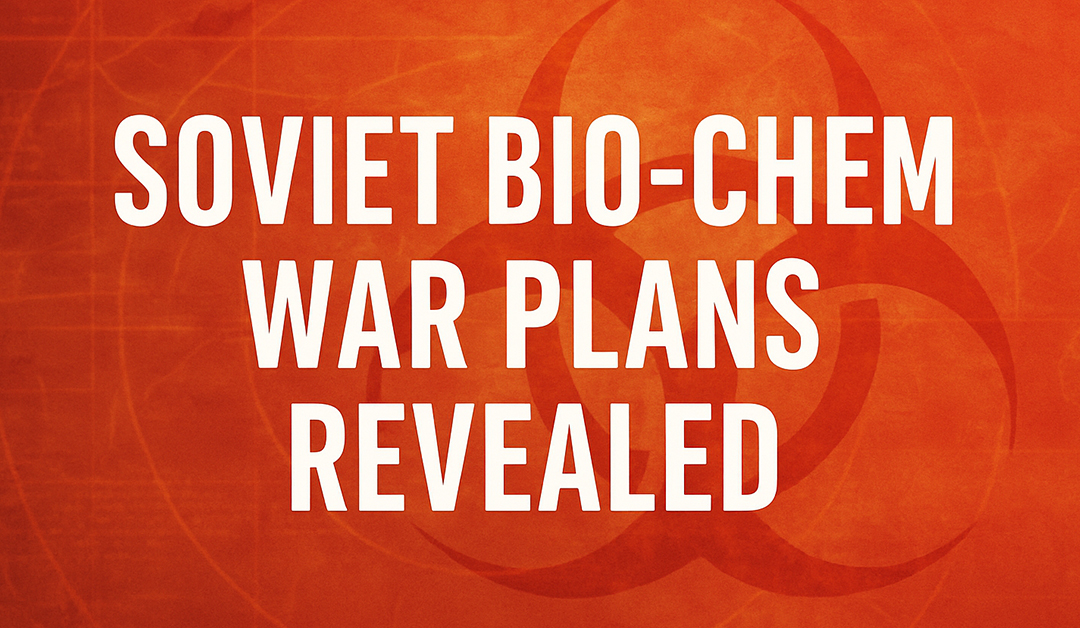In a stark 1951 National Intelligence Estimate (NIE-18), the U.S. intelligence community laid out in meticulous detail the possibility that the Soviet Union could use biological and chemical weapons if war broke out with the United States.
This wasn’t science fiction. It was a sobering strategic analysis commissioned to guide U.S. civil defense during the Cold War’s most volatile years.
The estimate suggests a chilling scenario: Soviet saboteurs using nerve gas disguised as perfume or infected letters to cripple American cities before an overt military attack even began.
💀 A Catalogue of Contagion and Toxins
The report outlines the USSR’s capabilities with startling precision.
By 1952, U.S. analysts believed the Soviets would be able to mass produce biological warfare (BW) agents, including anthrax, botulinum toxin, Q fever, and tularemia.
These agents, if deployed, could:
-
Incapacitate or kill civilians through contamination of air, water, or food supplies
-
Target agriculture by infecting livestock and crops
-
Disguise attacks as natural outbreaks, allowing plausible deniability
Even everyday items could become delivery tools. The NIE states agents could be hidden under postage stamps, inside cosmetics, or released via air-conditioning systems.
"Detection of the minute initial quantity required is impossible."
🧪 Nerve Agents in Glass Bottles
In parallel, the Soviets were believed to be developing nerve gases like GA and GB (similar to sarin), considered far deadlier than standard chemical weapons.
These agents required only a few ounces to kill people in enclosed areas the size of office buildings.
Delivery methods included:
-
Long-range bombers (like the TU-4)
-
Submarine-launched rockets or mortars
-
Aerosol bombs disguised as insecticides
-
Glass containers labeled as champagne or perfume
At least 500 Soviet bombers were believed capable of deploying chemical payloads against U.S. targets.
"Twenty pounds of GB dispersed in the Pentagon could incapacitate the majority of personnel."
🕳️ Sabotage Before D-Day
Unlike atomic weapons, BW and CW agents were considered suitable for preemptive sabotage.
The NIE specifically warns that:
-
BW sabotage against crops and livestock could begin long before a formal conflict
-
CW agents, being easier to detect, would likely only be used after hostilities began
Targets would include population centers, industrial hubs, and military installations like Strategic Air Command bases.
These attacks could coincide with-or even precede-nuclear strikes.
"The objective would be maximum surprise and effectiveness… crippling our retaliatory capabilities."
🧬 An Overlooked Arsenal of War
While atomic bombs dominated Cold War discourse, NIE-18 shows that American analysts considered BW and CW not only plausible, but probable in Soviet war planning.
The document assumes the USSR had both technical capacity and strategic willingness to use these weapons as part of a total war effort against the United States.
It outlines the precise amounts needed for lethal effect, the weather conditions best suited for gas attacks, and the expected psychological toll.
It is a chilling reminder of how wide the Cold War arsenal truly was-and how many of its dangers were invisible.






